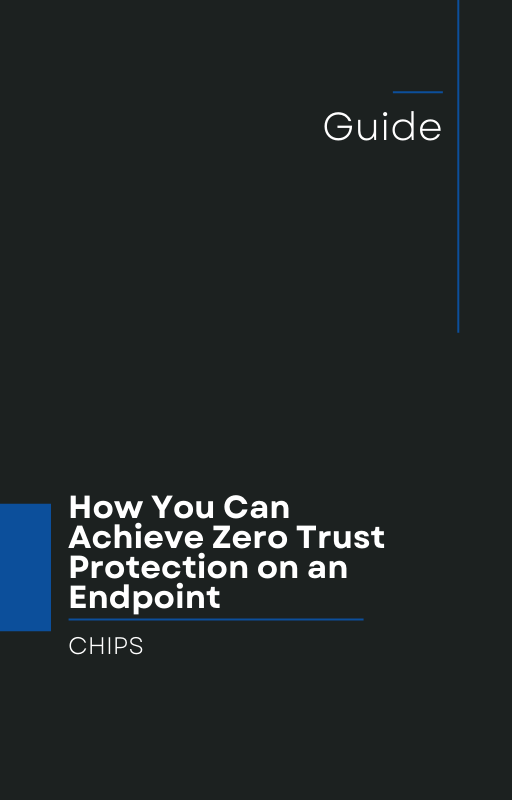Ransomware is more than just on the rise. It has hit new highs. According to a recent article in Digital Journal, organizations worldwide are facing nearly twice as many ransomware incidents in 2025 compared to last year (digitaljournal.com).
Small and medium businesses, manufacturing firms and companies with dispersed operations are especially vulnerable.
This alarming trend shows traditional cybersecurity models built mainly around detecting and responding to threats no longer suffice. The window between detection and response is too large, allowing attackers to encrypt files, move laterally, disrupt operations and exfiltrate data. What if there were a better way?
What the Data Tells Us
-
Ransomware incidents increased by nearly 49 percent in the first half of 2025 compared to the same period in 2024.
-
While large enterprises get a lot of attention, small and medium-sized businesses (SMBs) and manufacturing companies are being hit hardest.
-
Attack surfaces continue expanding with remote work, hybrid environments, third-party vendors and unpatched systems all contributing to risk.
From the article: “bad actors continue to exploit preventable security vulnerabilities successfully." The recommended defenses include phishing training, multi-factor authentication, strong password policies, patching, backup and incident response planning. These are all essential. But are they enough?
The Problem with Detect and Respond
Detecting a breach or suspicious activity is useful, but often it is too late. By the time ransomware is detected:
-
malware may already be executing or spreading,
-
data may already be encrypted or exfiltrated,
-
remediation costs and downtime are already high.
Relying purely on detection and response is like trying to extinguish a fire after it has already burned through walls. It helps, but it does not stop the damage from happening first.
A Better Approach: Isolation and Containment
What if the strategy shifted from responding after detection, to preventing spread as soon as malicious behaviour is observed?
-
Isolation: Confine the threat so it cannot move laterally or reach critical systems. If a process or binary behaves in a way identified as risky, isolate it.
-
Containment: Block or limit the operations of malicious code before it gets the chance to inflict damage. Stop encryption, stop exfiltration, stop escalation.
This changes the game. Instead of asking “how fast can we respond after detection?” security resources should ask “how quickly can we neutralize or contain the threat when it first appears?”
Introducing AppGuard: Proven Endpoint Protection
This is where AppGuard offers a new approach.
-
With a 10-year track record, AppGuard has successfully protected environments by isolating threats rather than waiting for them to be detected and then dealt with.
-
It works by establishing strong application control, micro-segmentation and zero-trust style isolation at the endpoint. If something suspicious tries to violate policy, it gets contained immediately.
-
Unlike traditional antivirus or EDR tools that rely on identifying threats first, AppGuard focuses on prevention and containment.
For organizations with hybrid workforces, critical infrastructure or supply chain exposure, the benefits are clear: fewer breaches, less downtime and reduced risk overall.
Why Business Leaders Should Care
-
Ransomware is not going away. Attackers are getting more sophisticated. Those who rely only on detection and response are falling behind.
-
SMBs and manufacturers often face budget or staffing constraints that make recovery from attacks especially painful. Isolation and containment reduces the blast radius.
-
Regulatory pressures, customer trust and operational continuity demand stronger defenses.
Moving Forward
To stay ahead, organizations must:
-
Evaluate current protection strategies. Are they primarily reactive (detect and respond)?
-
Understand what attack vectors still have exposure such as remote work, unpatched systems or third-party integrations.
-
Adopt solutions that emphasize isolation and containment, not just detection after the fact.
If you are a business owner or IT leader, do not wait until you are in the headlines. Talk with us at CHIPS about how AppGuard can prevent this kind of incident in your organization. Let’s move your cybersecurity strategy from Detect and Respond to Isolation and Containment and ensure you are protected before the attack hits.
Stop playing the crazy game. Come over to the AppGuard way of doing things.
Like this article? Please share it with others!

September 20, 2025

Comments